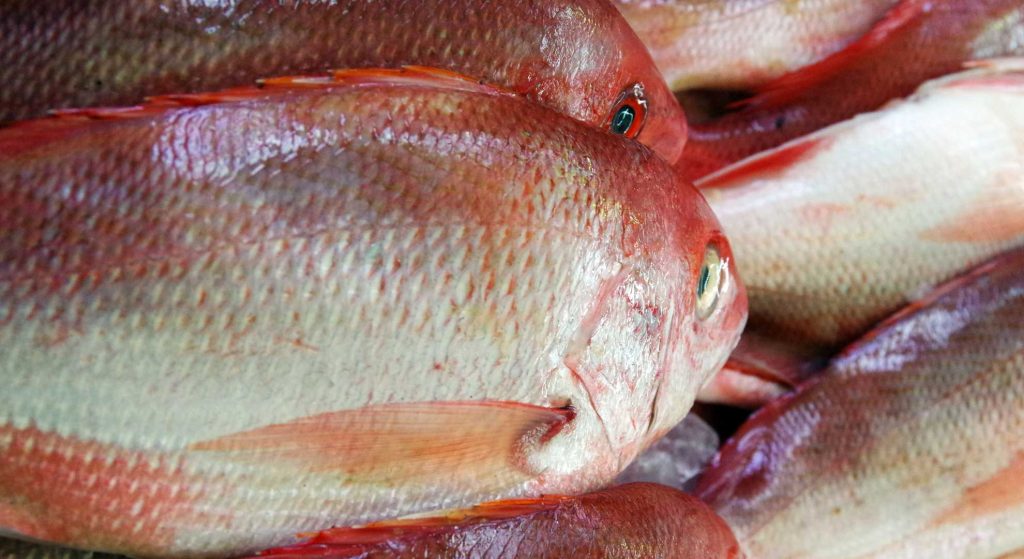Clownfish, with their vibrant colors and unique behaviors, are some of the most beloved sea fish in the world. These small, tropical fish are often found in coral reefs and shallow waters of the Indian and Pacific Oceans. In this article, we will delve into the captivating characteristics and interesting facts about these charming marine creatures.
Physical Features and Adaptations Clownfish are recognized by their striking orange, yellow, and white coloration, adorned with bold black stripes. This vibrant appearance serves as a form of protection, warning predators that they are toxic and not suitable for consumption. Interestingly, clownfish are also known for their mutualistic relationship with sea anemones. They are immune to the anemone’s stinging tentacles, which provide them with a safe haven, while the clownfish offer food in the form of leftover scraps and protection from other potential predators.
Social Structure and Reproduction Clownfish live in small groups within a hierarchical social structure. The largest and most dominant fish in the group is the female, and the second-largest is the breeding male. The rest of the group consists of non-breeding males. In the event of the breeding female’s death, the breeding male will transform into a female to continue the reproductive cycle. These fish have a fascinating mating ritual where the female lays her eggs on a flat surface close to the anemone, and the male diligently guards and ventilates the eggs until they hatch.
Feeding Habits and Diet Clownfish are omnivores, meaning they consume both animal and plant matter. Their diet mainly consists of small crustaceans, algae, and plankton. Interestingly, their diet plays a role in the bright colors of their bodies. The carotenoid pigments from the food they eat are absorbed into their skin, giving them their characteristic vibrant hues.
Conservation Status and Threats Despite their popularity in the aquarium trade and media (thanks to movies like “Finding Nemo”), clownfish face several threats in the wild. Habitat destruction due to climate change, pollution, and destructive fishing practices are significant challenges. Additionally, the global trade of these fish for the aquarium industry can harm wild populations. Conservation efforts, such as creating marine protected areas and sustainable fishing practices, are essential to preserve the future of these captivating sea creatures.



Awesome https://shorturl.at/2breu
Very good https://rb.gy/4gq2o4
Very good https://is.gd/N1ikS2
Very good https://is.gd/N1ikS2
https://shorturl.fm/5JO3e
https://shorturl.fm/9fnIC
https://shorturl.fm/XIZGD
https://shorturl.fm/a0B2m
https://shorturl.fm/5JO3e
https://shorturl.fm/bODKa
https://shorturl.fm/a0B2m
https://shorturl.fm/TbTre
https://shorturl.fm/A5ni8
https://shorturl.fm/f4TEQ
https://shorturl.fm/I3T8M
Monetize your audience—become an affiliate partner now! https://shorturl.fm/4f4Fd
https://shorturl.fm/VzNLt
https://shorturl.fm/ZuoYF
https://shorturl.fm/yHIDb
https://shorturl.fm/EchRm
https://shorturl.fm/IZnQu
https://shorturl.fm/5DyyD
https://shorturl.fm/wZF4H
https://shorturl.fm/6vomi
https://shorturl.fm/xAVCM
https://shorturl.fm/OjrKX
https://shorturl.fm/7Ibi5
https://shorturl.fm/4rLlF
https://shorturl.fm/ntd7Q
https://shorturl.fm/DCEgm
https://shorturl.fm/ffJP5
https://shorturl.fm/rQsgt
https://shorturl.fm/8kTmr
https://shorturl.fm/wl3bJ